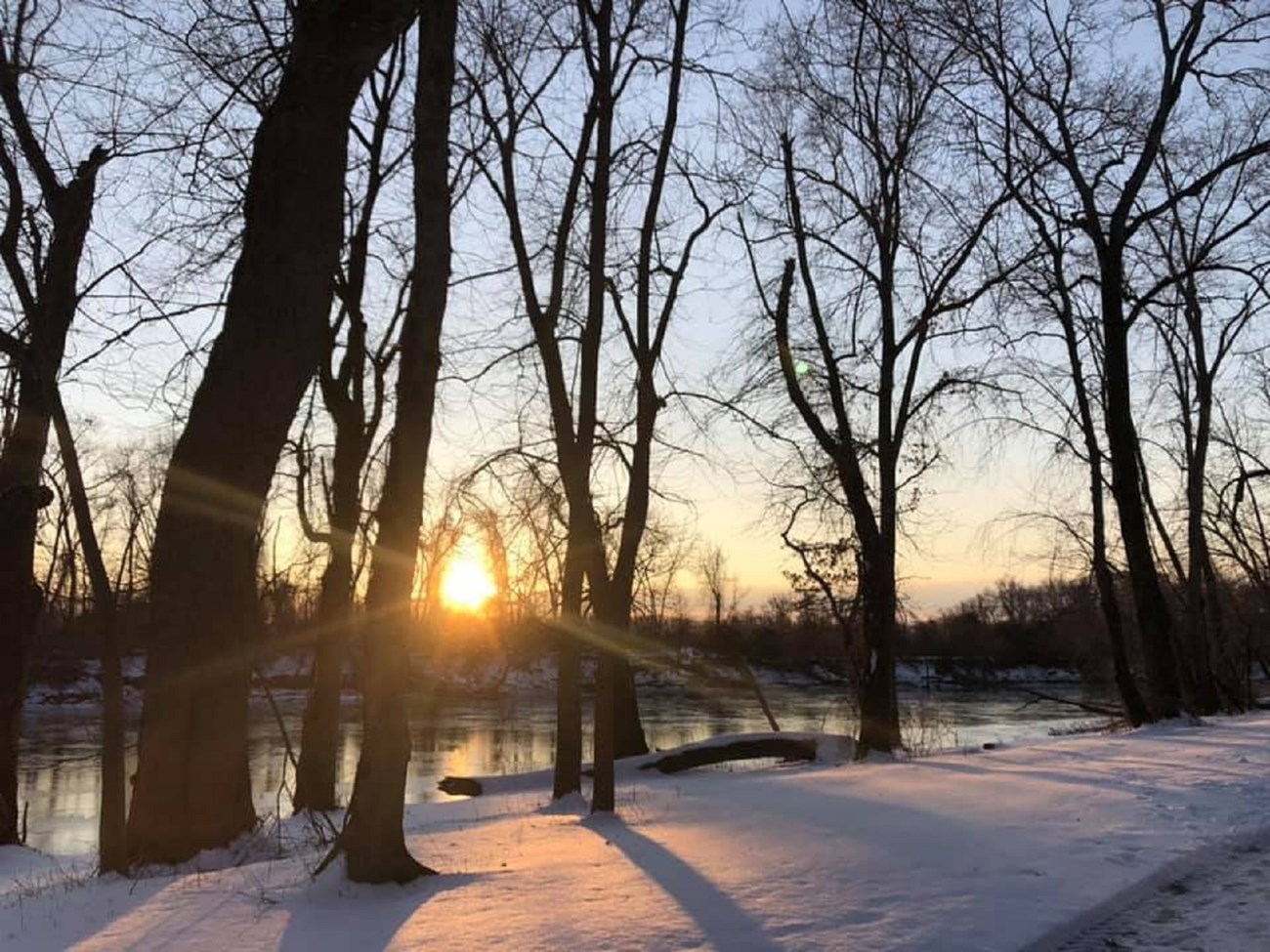Last updated: March 17, 2021
Article
Water Quality | A Look at the Water Quality of the Lower Farmington River & Salmon Brook, CT
The Farmington River & Salmon Brook Wild and Scenic Rivers have some of the best water quality in the state of Connecticut. The headwaters of these waterways start in largely undisturbed wooded areas. The trees along the river not only help with soil stabilization, but also provide shade that make these waters a premiere location for coldwater fisheries - making them top priority streams for salmon restoration projects. While the upper reaches of the Farmington River and Salmon Brook remain pristine, the lower Farmington River meanders through increasingly developed lands. Watershed protection efforts including riparian preservation and enhancement, and stormwater management are vital to maintain high water quality in this beautiful Wild and Scenic river system.
The Farmington River is also home to 12 different mussel species. The lower Farmington River is home to Connecticut’s only viable dwarf wedgemussel (Alasmidonta heterodon) populations: a federally endangered species. Read more about biodiversity on these rivers in the newsletter article. The Lower Farmington River and Salmon Brook’s water quality monitoring studies are conducted by the Farmington River Watershed Association (FRWA), Connecticut DEEP, USGS, and US EPA. Water quality monitoring began in 2004 in order to establish a baseline of water quality information and identify changes in water quality and land use. Water quality indicators such as temperature, bacteria, aquatic invertebrates and more are monitored. Ideas about river friendly landscaping, rain gardens and more may be found on the FRWA website.

|
Wild and Scenic River |
Reporting Cycle |
Miles by Water Quality Classification |
Listed Impairments |
|
Lower Farmington River & Salmon Brook |
2020 |
Good: 27.9 |
Flow Regime Modification; Escherichia coli |
Wild and Scenic Rivers, like all rivers, are protected under the Clean Water Act, which requires states to establish water quality standards for waters within their jurisdiction. Every two years, states are required to report whether these standards are being met. In 2018, NPS compiled information from the most recent state assessments to identify the water quality status of all designated Wild and Scenic Rivers. Based on the information available at the time, NPS determined that roughly 44% of all Wild and Scenic River miles did not meet their water quality standards, with temperature, mercury, and metals being the most common causes of impairment. Want to learn more about Wild and Scenic River water quality? Read the full report found on the rivers.gov website here.
